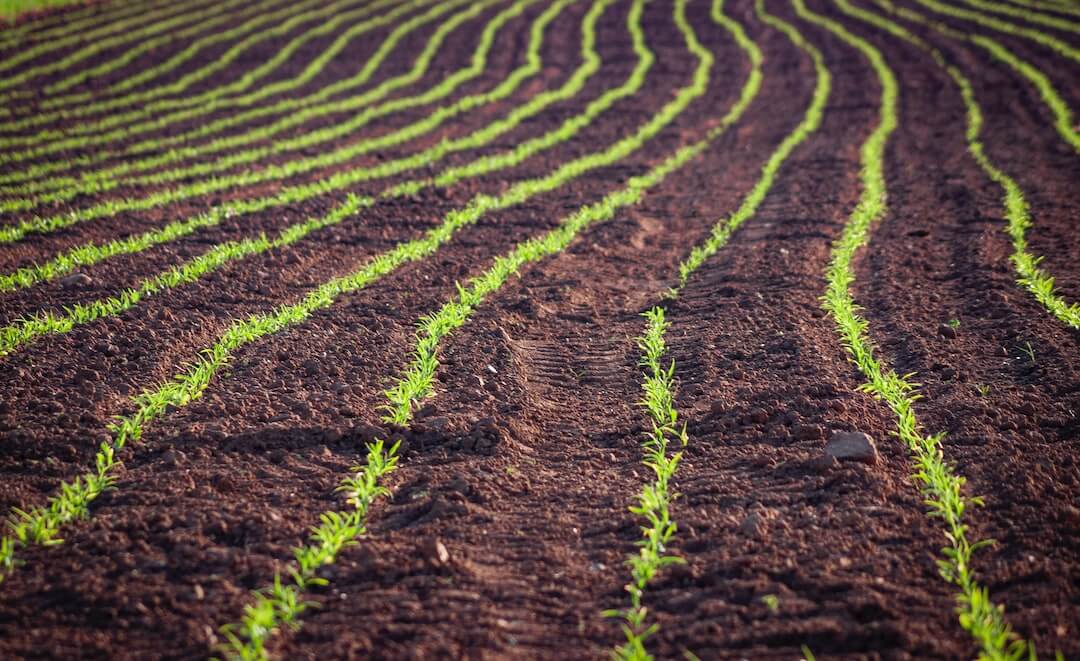France is facing an environmental crisis, with a concerning 70% decrease in natural windbreaks since the 1950s due to modern agricultural practices, as revealed by the General Council for Food, Agriculture, and Rural Areas (CGAAER). This is affecting land productivity, biodiversity, and flood management, necessitating immediate action. Meanwhile, in the United States, sorghum cultivation is witnessing a significant surge, marking a shift towards sustainable agriculture. The drought-resistant crop, which also requires fewer agricultural inputs and provides nutritional benefits, saw a 24% increase in acreage in 2021, according to USDA WASDE data, hinting at a move towards more resilient and resource-efficient farming practices.
The current state of windbreaks in France has triggered a wave of concern in the country following an alarming report by the General Council for Food, Agriculture, and Rural Areas (CGAAER). This report paints a dire picture of the environmental situation, revealing that about 70% of all natural windbreaks have disappeared since the 1950s. This drastic reduction is primarily attributed to the increasing demands of modern agriculture, which aims to maximize the use of every inch of available land, often to the detriment of these invaluable natural barriers. The intense and relentless pressure to expand agricultural land, coupled with the gradual decrease in the agricultural land available, has led to a large-scale eradication of windbreaks, leaving the country’s ecosystems exposed and vulnerable.
Windbreaks have long played an essential role in maintaining ecological balance and productivity. They function as natural windshields, decreasing the impact of strong winds on crops and livestock. This, in turn, increases the productivity of the land by reducing soil erosion, preserving moisture, and moderating temperature extremes. These beneficial effects are vital for diverse flora and fauna’s survival and prosperity, enhancing agricultural landscape biodiversity. Conversely, the loss of these natural windbreaks not only compromises the productivity of the land but also poses a significant threat to the rich biodiversity that depends on them.
Moreover, windbreaks serve as natural sponges, keying in flood management. They absorb excess water during heavy rainfall, preventing flash floods, and subsequently release the stored water gradually when needed, thereby ensuring a steady water supply. However, their elimination can exacerbate flooding, leading to widespread damage to agricultural lands and local communities. This alarming decline in windbreaks in France underscores the need for immediate action to preserve and restore these crucial natural features. Without them, the country faces the threat of declining agricultural productivity and increasing environmental hazards.
Sorghum Is Rising In The United States As Droughts Furthers
The cultivation of sorghum in the United States has seen a significant rise, with acreage increasing by an impressive 24% year-on-year, reaching 7.3 million acres in 2021, according to data from the United States Department of Agriculture World Agricultural Supply and Demand Estimates (USDA WASDE). Two of the country’s largest states, Kansas and Texas, have led this surge in sorghum cultivation, increasing their acreage by 3.6 million and 2.2 million, respectively. The increase in sorghum cultivation marks a shift in agricultural practices, with farmers recognizing the benefits of this whole grain.
Sorghum is known for its exceptional drought resistance, which sets it apart from many other crops. Its ability to thrive in arid conditions makes it an attractive choice for farmers, especially in regions where water scarcity is a significant concern. Furthermore, sorghum yields better returns than other cereals under similar conditions, making it an economically viable option. Its hardiness and adaptability to various weather conditions have increased popularity amongst farmers seeking to maximize their yields in the face of unpredictable weather patterns due to climate change.
However, the benefits of sorghum extend beyond its resistance to drought and superior yields. Sorghum also plays a crucial role in sustainable agriculture, as it requires fewer inputs in terms of fertilizer and pesticides, reducing the environmental impact of farming practices. Additionally, sorghum is a nutrient-rich grain, high in fiber, protein, and various essential minerals. It is a valuable addition to the human diet, particularly in regions with prevalent nutrient deficiencies. Its versatility extends to livestock feed and biofuel production, contributing to food security and renewable energy sources. Therefore, the rise of sorghum in the United States represents a shift toward more resilient farming practices and a move towards more sustainable and resource-efficient agriculture.
Read the rest of our editorial here.



1 Comment